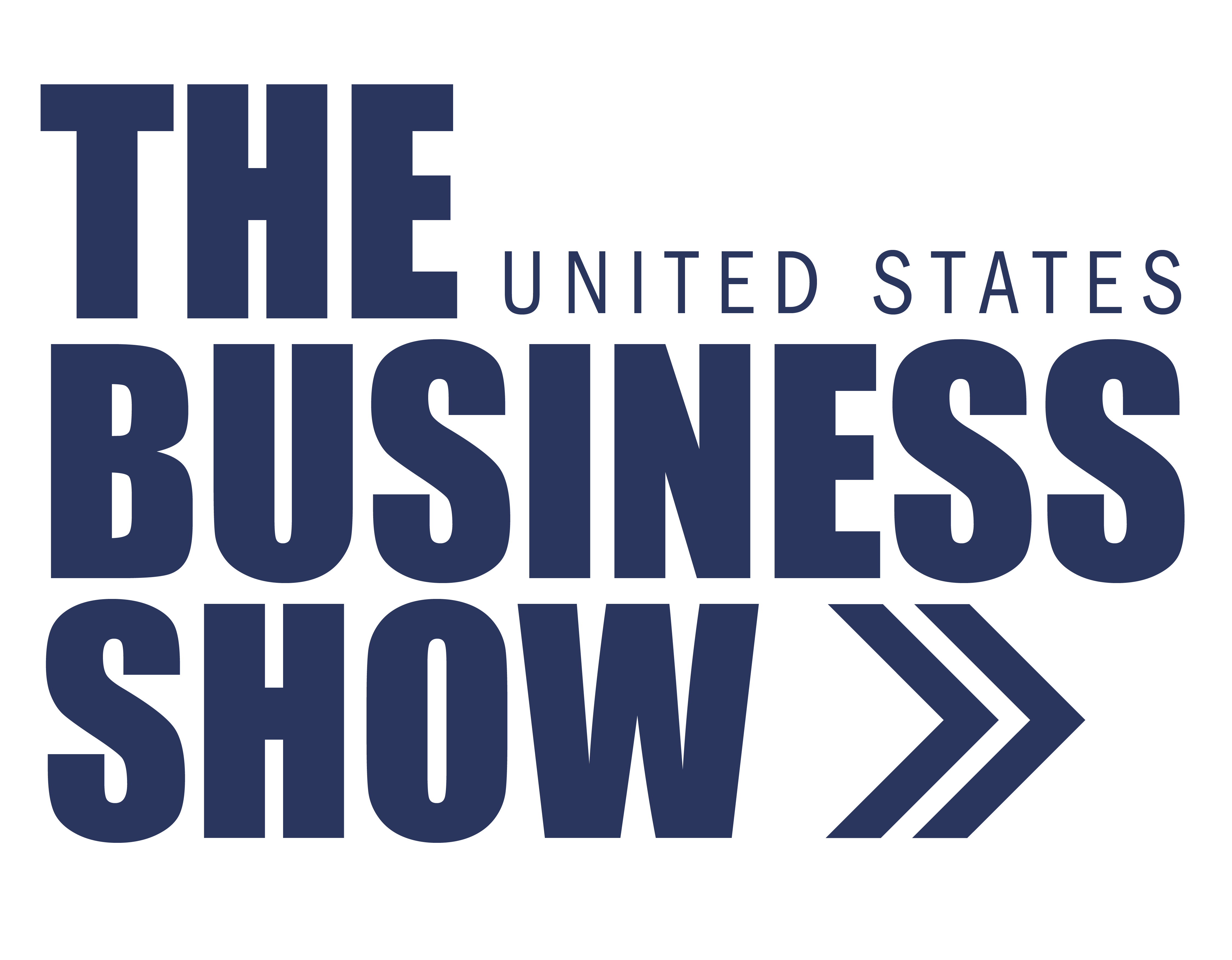Don’t Overpay: How Business Entity Choice Impacts Your Self-Employment Taxes
)
If you’re a business owner, chances are you’ve felt the sting of self-employment taxes. Unlike a W-2 employee, who shares Social Security and Medicare taxes with their employer, you’re responsible for both halves. That adds up to 15.3%—before you even start paying income tax.
On $100,000 of business profit, that’s over $15,000 straight to the IRS. Ouch.
Here’s the good news: with the right business structure, you don’t have to pay self-employment tax on every dollar of profit.
Let’s walk through how it works.
The Default: Sole Proprietor or Single Member LLC
When you first start a business, you’re usually set up as a sole proprietor or maybe a single-member LLC. Simple, yes—but it also means all your profit is subject to self-employment tax. Whether you leave money in the business or take it out, Uncle Sam gets his 15.3%.
This setup works fine in the early days, but once your profits grow, it can get expensive.
The Game Changer: S-Corporation
Here’s where the S-corporation comes in. With an S-corp, you split your income into two pieces:
- Salary – As an S-Corp owner, you must pay yourself a reasonable wage for the work you do. This part is subject to payroll taxes, which is the same rate as self-employment tax (15.3%).
- Distributions – The rest of your profit comes to you as a dividend. This part isn’t hit with ANY self-employment tax.
Let’s say your business earns $120,000 in profit.
- As a sole proprietor, you’d pay SE tax on the full $120,000.
- As an S-corp, you might take a $70,000 salary and $50,000 in distributions. Now, you’re only paying self-employment tax on the $70,000—saving you around $7,500.
Not bad for a simple change in structure.
But Wait—The IRS Is Watching
There’s a catch: the IRS requires you to pay yourself a “reasonable salary.” If you try to get away with paying yourself $10,000 in wages and taking $110,000 in distributions, you’re asking for trouble.
What counts as reasonable? It depends on your industry, role, and profit level. That’s where a CPA can help you determine the right balance.
Should You Switch?
Moving to an S-corp does come with some extra work. You’ll need quarterly payroll filings, a separate income tax return, and more recordkeeping. That means the strategy makes the most sense once your business is consistently profitable.
For many of my clients, the savings outweigh the costs once profits hit $50,000 or more.
Final Thoughts
At the end of the day, you work too hard to give the IRS more than you need to. Choosing the right business structure, especially electing S-corp status, can be one of the simplest ways to cut your tax bill.
If you’re wondering whether an S-corp makes sense for your situation, let’s talk. A quick review of your numbers could mean thousands in tax savings each year.
At CMP, we are striving to make a real difference in your life. Our goal is to make sure your business is set up to succeed—without paying more tax than necessary.
Contact us for a free consultation and see how we can help you today.



